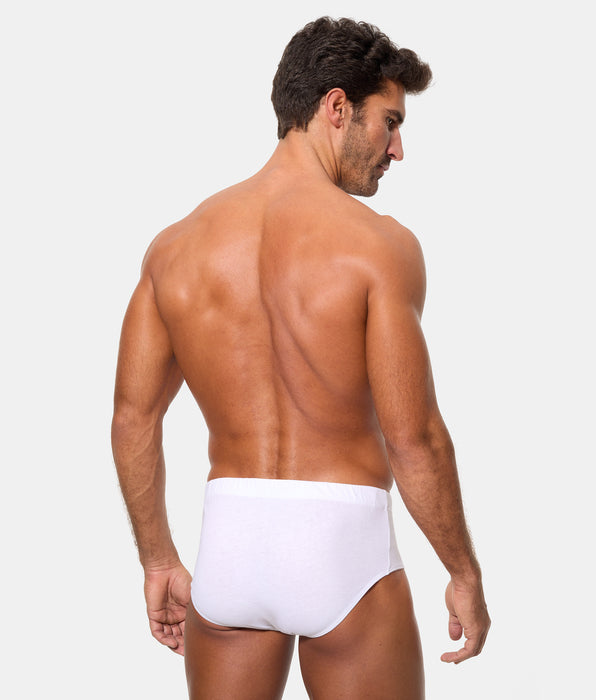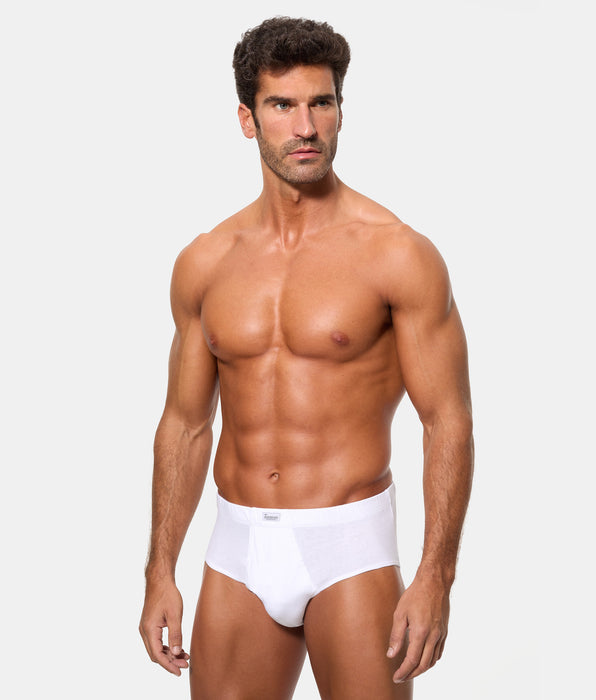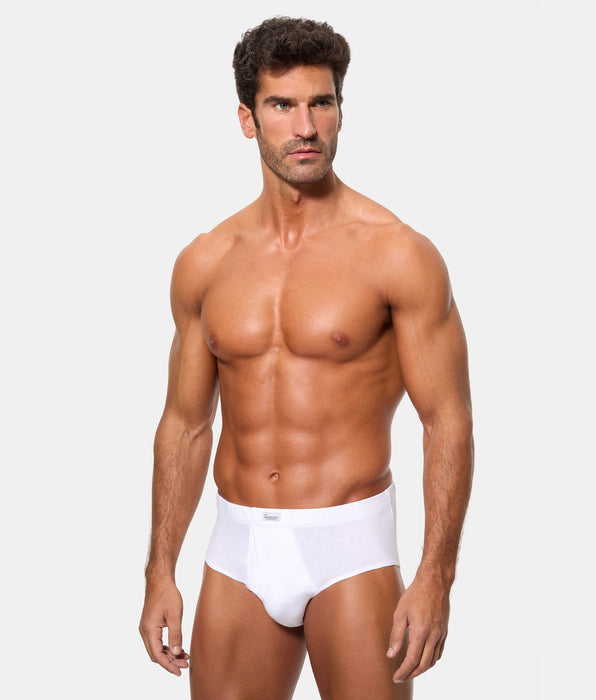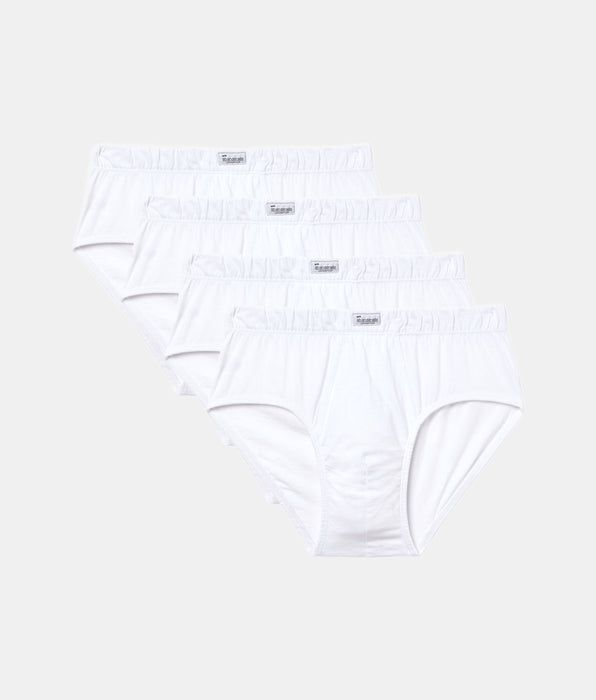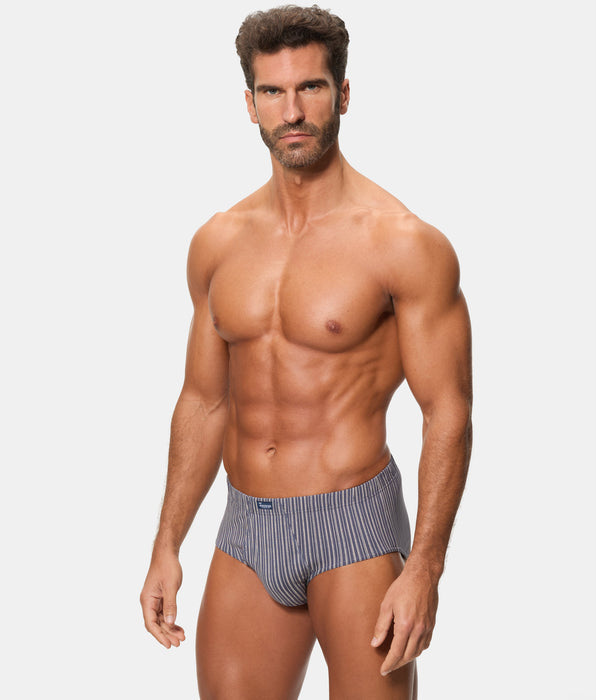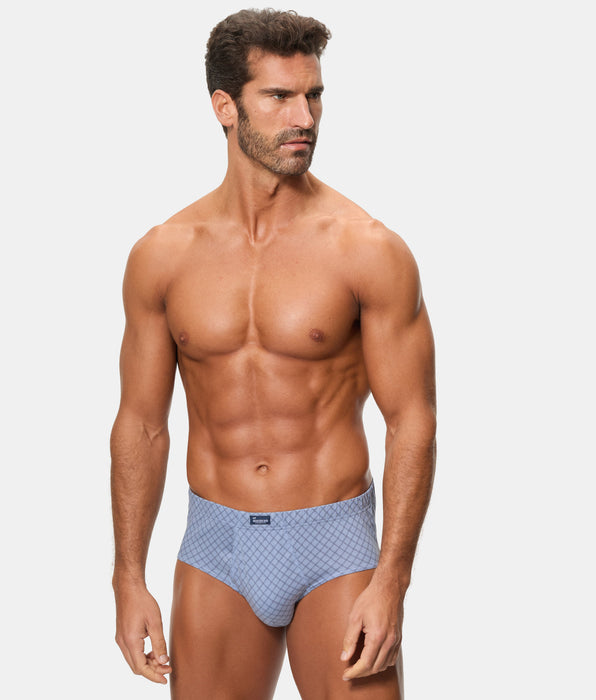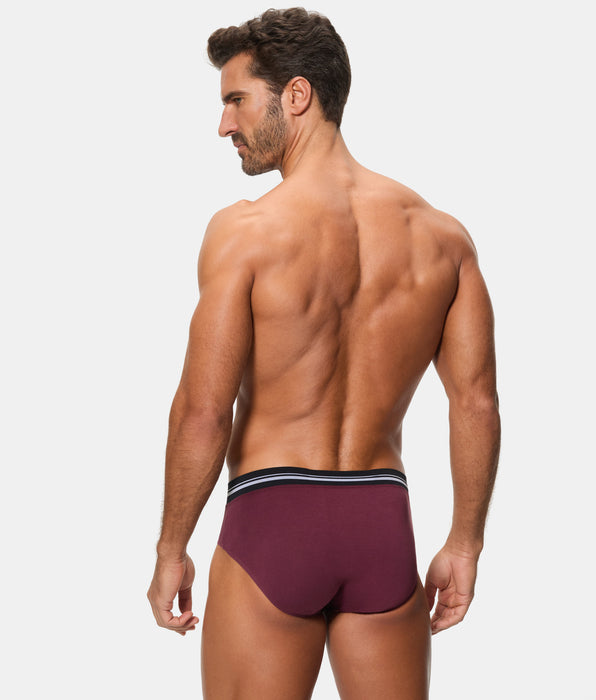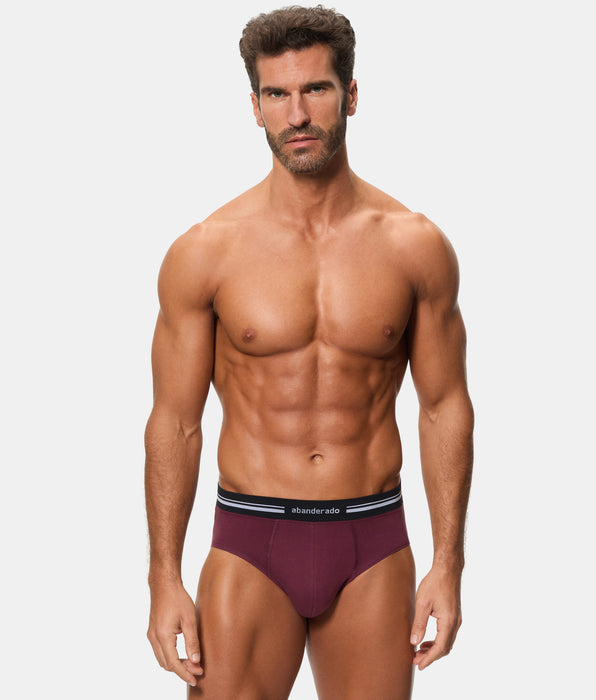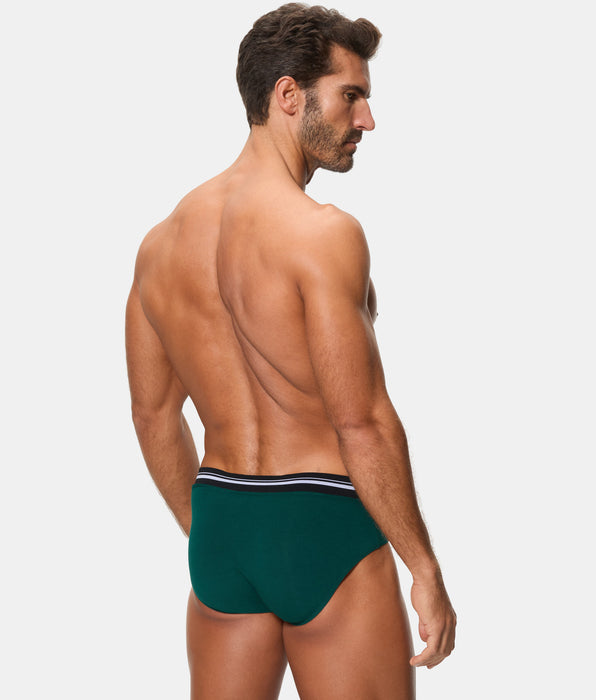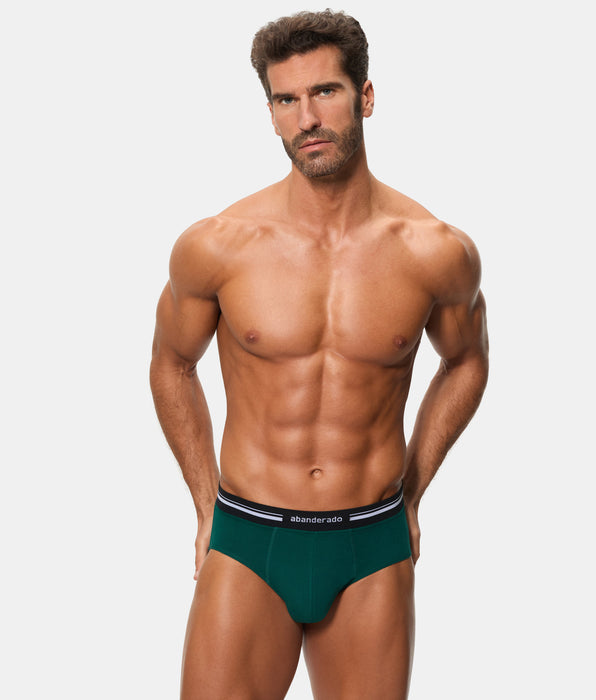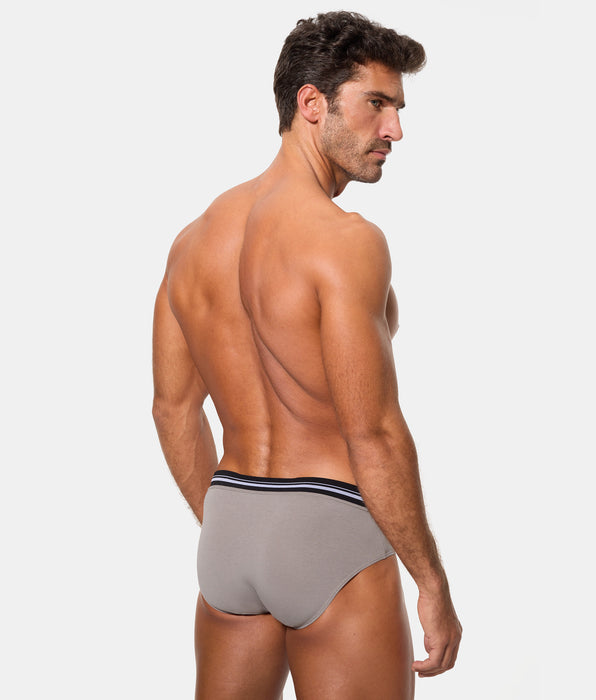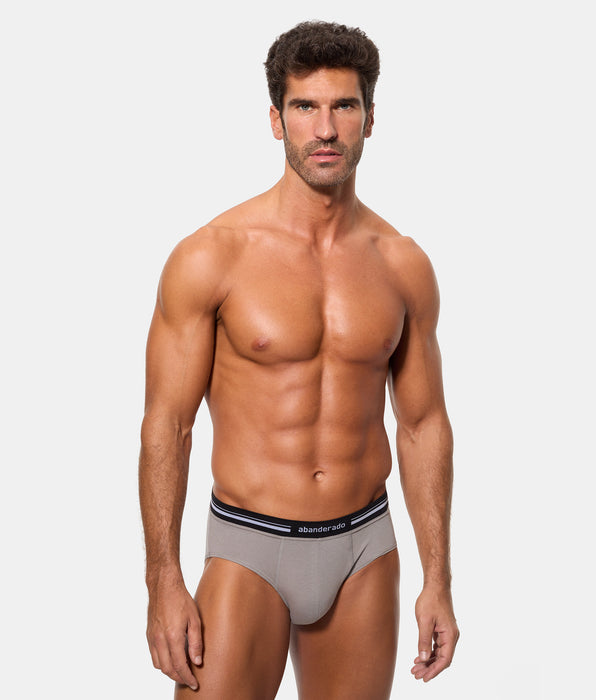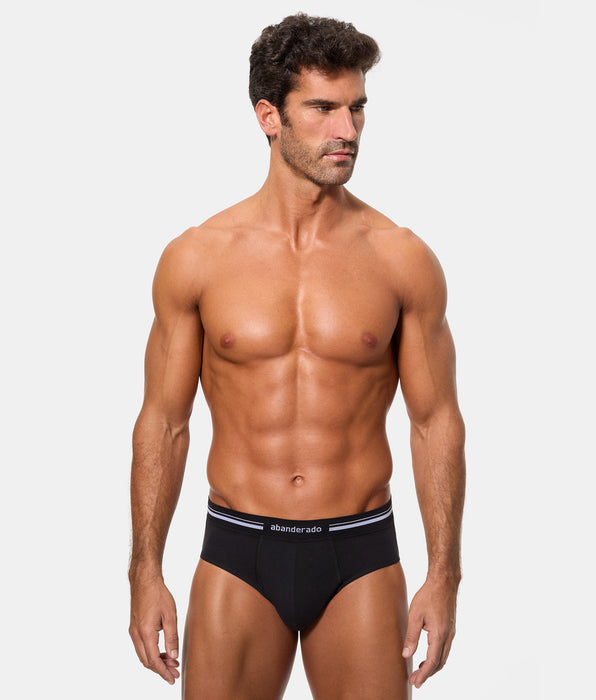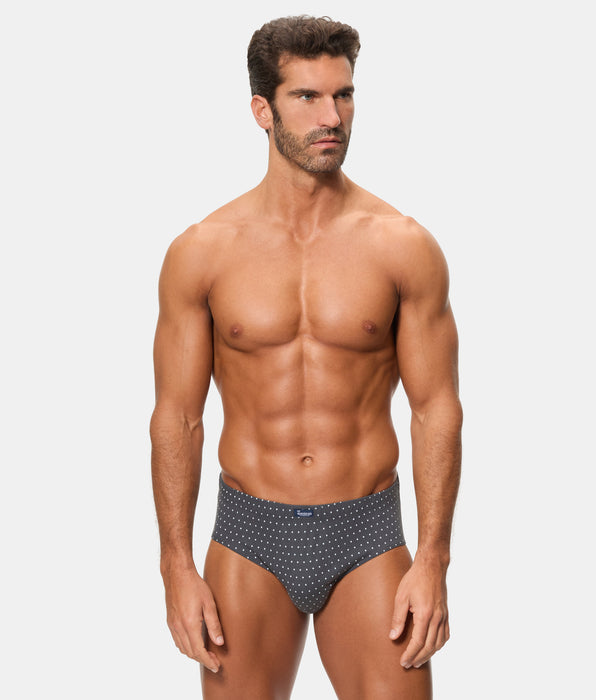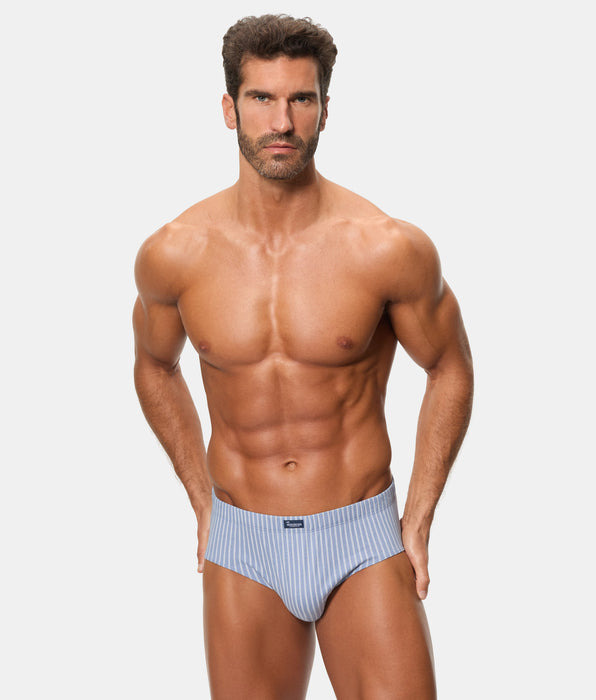The origins of the white shirt
The origins of the white undergarment date back to 1904. It was the Cooper Underwear Company that thought it was the most logical evolution of the old-fashioned long johns . These were full-length jumpsuits that covered virtually the entire body and were put on and taken off with zippers and buttons. Hence, the slogan advertising the new undergarment was: "No safety pins, no buttons, no needle or thread." The purpose of the undershirt was clear: it would be worn under a shirt, much more comfortable than a full jumpsuit. However, the army believed it could have a better use: as an outdoor undershirt. And so it was during World War II, when they wore them under thick camouflage jackets . It was very comfortable and adaptable to body temperature, so they could leave it under an open jacket or without it for easier movement. This was the first time that an undergarment was worn as an outer garment . However, as with many other fashions, this didn't become a trend until some celebrities started wearing it and paved the way for thousands of men to follow in their daily lives.From underwear to outerwear: the history of the white T-shirt
Until celebrities and other influential figures showed it to the world, the use of the white jersey from indoor to outdoor didn't become popular or cross international borders. What were some of the most important milestones in the history of the white jersey?1950s
Actor Marlon Brando wore it as an outer garment in one of his most famous films, A Streetcar Named Desire (Elia Kazan, 1951) . Those years, and specifically this film, catapulted one of the most attractive men of all time to fame. His figure became a fashion icon , and, naturally, the white T-shirt became a trend to follow. The same thing happened in the case of actor James Dean , who wore it as the only garment under his leather jacket in such famous films as Rebel Without a Cause (Nicholas Ray, 1955). Both are just two of the best examples of the influencers of the era, who set a precedent for the use of a garment that to this day remains a must-have in any man's wardrobe.

